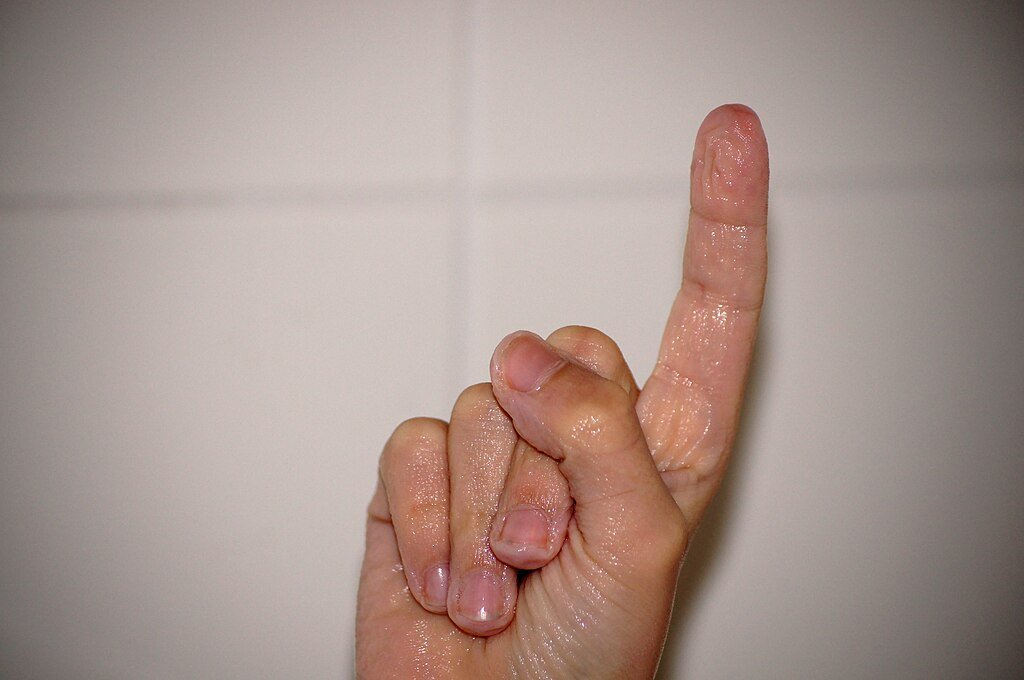The First Time Humans Wore Clothes: Tracing the Origins of Human Attire
The question of when humans first began wearing clothes has intrigued scientists for decades. While direct archaeological evidence is scarce due to the perishable nature of early garments, innovative research methods have shed light on this pivotal development in human history. Glamour
🧬 Lice as Clues: Genetic Evidence of Early Clothing
One of the most compelling pieces of evidence comes from the study of human lice. Researchers have discovered that body lice (Pediculus humanus corporis), which thrive in clothing, genetically diverged from head lice (Pediculus humanus capitis) between 83,000 and 170,000 years ago. This divergence suggests that humans began wearing clothes during this period, providing new habitats for these parasites .
🧵 Archaeological Insights: Tools and Artifacts
While direct remnants of early clothing are rare, archaeological findings offer indirect evidence:
Sewing Implements: Bone needles dating back approximately 50,000 years have been found in Siberia’s Denisova Cave, indicating the crafting of fitted garments .Glamour+2Wikipedia+2Wikipedia+2
Flax Fibers: Dyed flax fibers discovered in a Georgian cave date to around 36,000 years ago, suggesting the use of plant-based textiles .Wikipedia
Venus Figurines: Prehistoric statuettes, such as the Venus of Lespugue, depict figures adorned with skirts and belts, implying the existence of clothing over 25,000 years ago. Wikipedia
❄️ Climate Influence: Adapting to New Environments
The advent of clothing is closely linked to human migration and climate adaptation. As Homo sapiens ventured into colder regions, clothing became essential for survival. The Last Glacial Maximum, occurring between 24,000 and 19,000 years ago, likely accelerated the development of more sophisticated garments, including layered and sewn clothing for insulation .
🧍♂️ Neanderthals and Clothing Use
Evidence suggests that Neanderthals, contemporaries of early Homo sapiens, also utilized clothing. Archaeological findings indicate they engaged in leather tanning around 100,000 years ago, producing garments suited for colder climates . Glamour+1Live Science+1
👗 The Oldest Known Garment: The Tarkhan Dress
The oldest surviving piece of woven clothing is the Tarkhan Dress, a linen tunic discovered in Egypt and dated between 3482 and 3102 BCE. This artifact showcases the advancement of textile production and garment construction in ancient civilizations. WikipediaPinterest
🧠 Conclusion: Clothing as a Milestone in Human Evolution
The emergence of clothing marks a significant milestone in human evolution, reflecting adaptability, innovation, and cultural development. From genetic studies of lice to archaeological discoveries, the evidence converges to highlight the importance of clothing in human history.
For a visual exploration of this topic, consider watching the following video:
Sources: PinterPandai, University of Florida, Science Focus, Britannica Beyond
Photo powered by chatGPT



